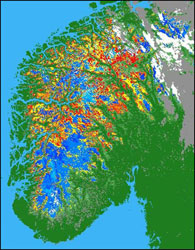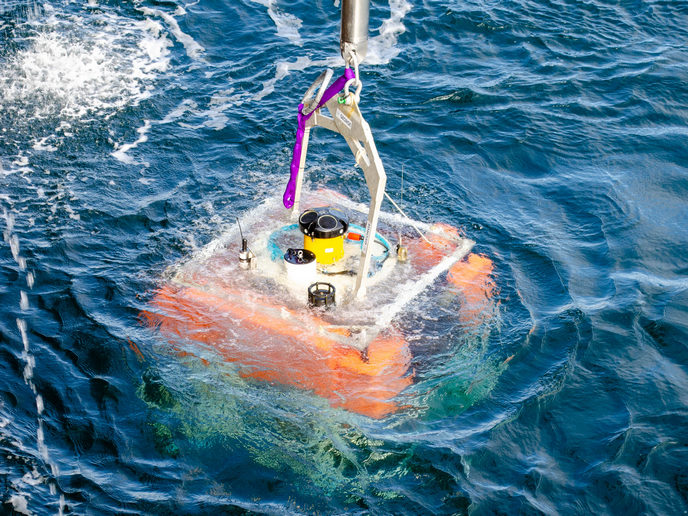New algorithms for snow cover, temperature and wetness
A large part of Europe depends on snow melt as a source of drinking water. In addition to its role in the hydrological cycle, snow is also an important component of the Earth's climate system. As such, significant social value can be gained by improving our knowledge of snow. The ENVISNOW project set out to develop the necessary infrastructure to improve monitoring of snow parameters using Earth Observation (EO) data from satellites. Specifically, the Norwegian Computing Institute (NR) defined new algorithms to produce estimates of the Fractional Snow Cover Area (FSCA), the Surface Temperature of Snow (STS) and snow wetness. FSCA calculations are made difficult by the fact that snow's spectral reflectance can vary according to several different factors. These include: the age of the snowpack, its impurity content, the sun's elevation, the viewing angle of the satellite instrumentation, etc. NR's solution was to employ both a metamorphosis model and an impurity model to produce a valid snow spectrum and a local bare ground spectrum. In the final step, a linear spectral mixing algorithm is used to estimate the FSCA. With respect to the STS, atmospheric attenuation alters the snow's original blackbody radiation signature. To account for the effects of atmospheric composition and path length, NR tested a number of different algorithms. They identified Key's algorithm as the optimal solution, particularly for polar regions. NR adapted Key's algorithm to the ENVISNOW integrated snow information system and verified its performance with real EO and surface data. Information about snow wetness provides valuable insight into the snowmelt process. NR was able to enhance snow wetness prediction capabilities by combining Snow Grain Size (SGS) measurements with STS measurements. A snow wetness class is determined based on the STS and the temporal evolution of SGS. As with the other new algorithms, the results were validated at a number of different locations. NR's contribution to ENVISNOW represents a quantum leap forward as it is now possible to accurately estimate essential snow parameters throughout the entire snow season. NR is consequently looking to license the new algorithms.







